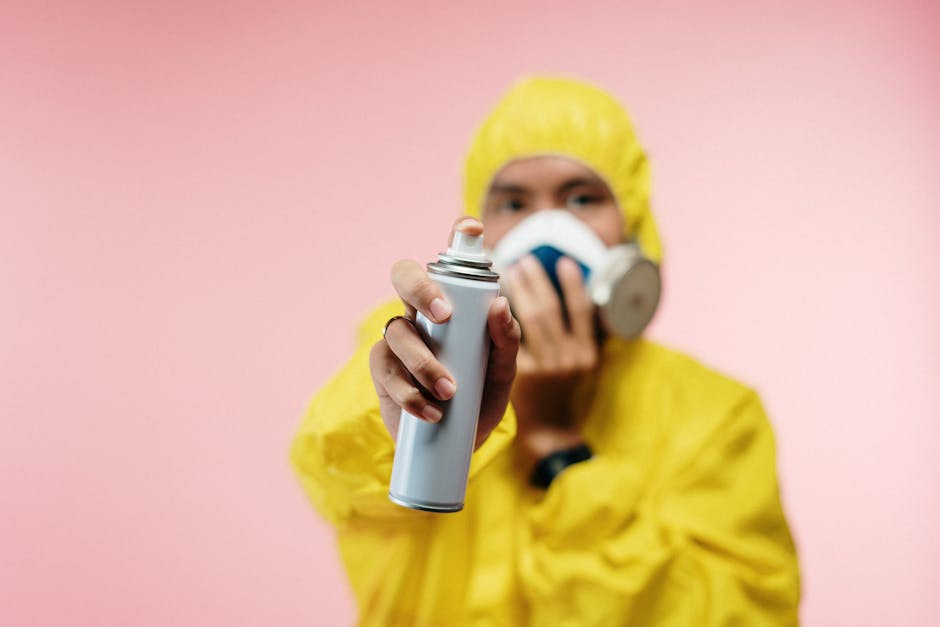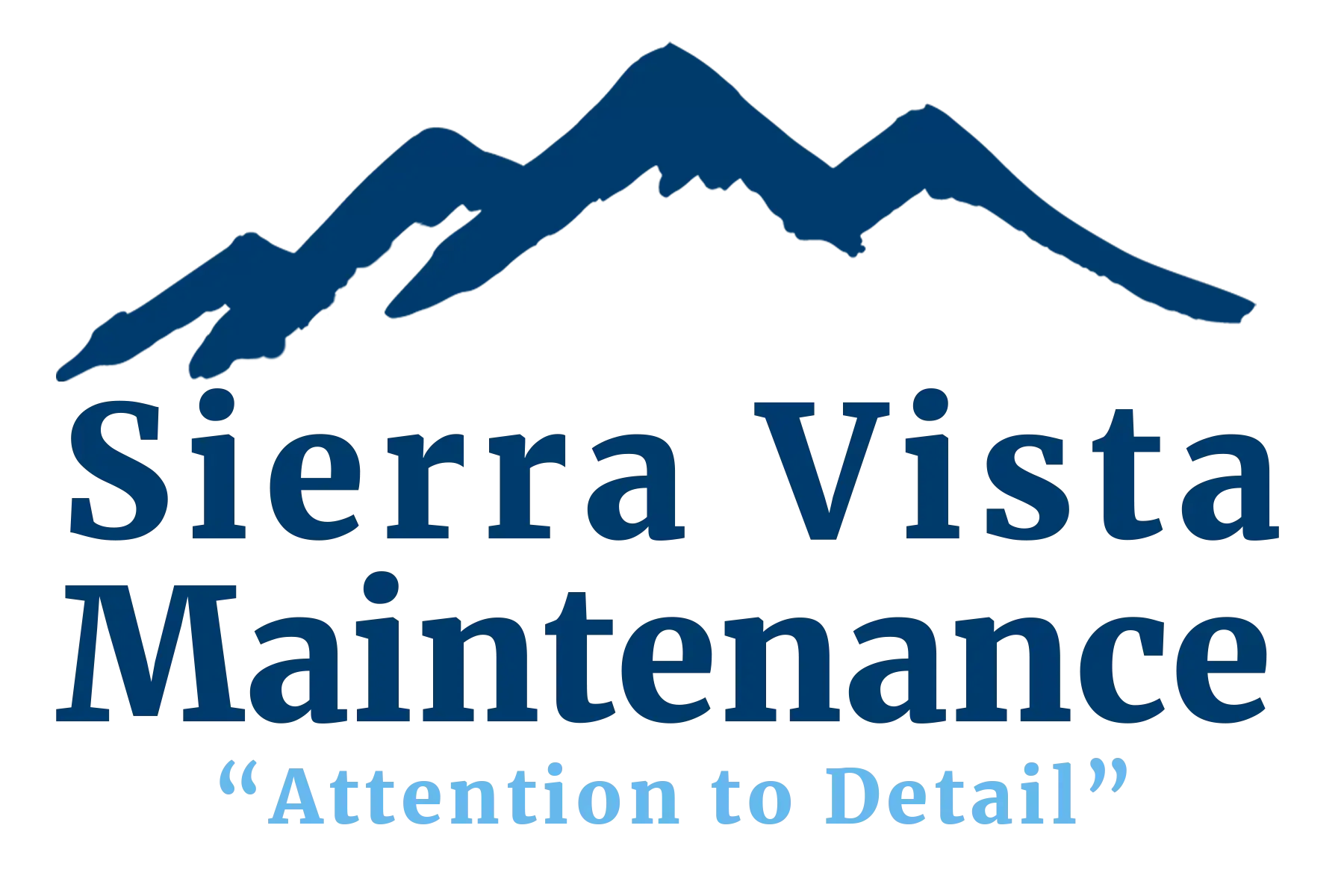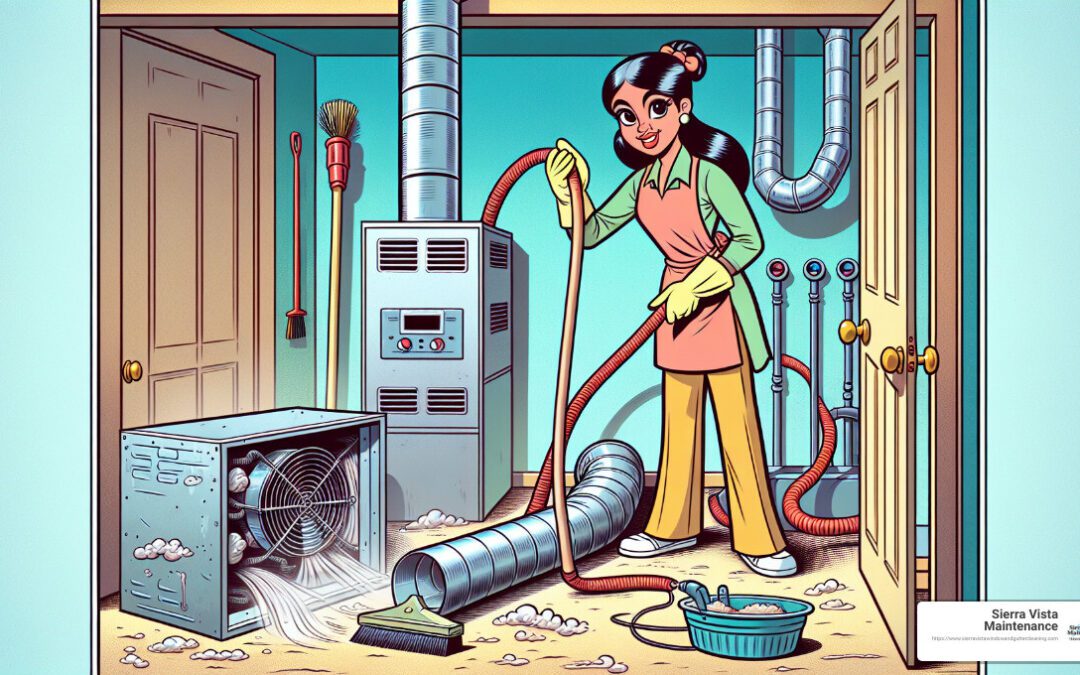Table of Contents
Maintaining Your HVAC System and Indoor Air Quality: Why It’s Essential
When it comes to keeping your home both comfortable and safe, there’s hardly a component more critical than your HVAC system. This system does more than just heat or cool your space; it plays a key role in maintaining your indoor air quality. Proper air duct cleaning is essential for removing dust, pet dander, mold spores, and other pollutants that can congest your airways and compromise your health.
Quick Guide to HVAC System Air Duct Cleaning:
1. Inspect your HVAC system to identify any need for cleaning.
2. Loosen contaminants within ducts using specialized tools.
3. Vacuum out debris with a HEPA-filter vacuum cleaner.
4. Sanitize ducts to eliminate bacteria, viruses, and mold spores.
5. Inspect again and replace filters to ensure clean, unrestricted airflow.
By ensuring your air ducts are clean, you’re taking a significant step towards improving the indoor air quality of your home. This not only contributes to a healthier living environment but can also enhance the efficiency of your HVAC system, potentially reducing your energy bills and extending the life of your system.
For busy homeowners in the greater Sacramento area, understanding these steps can make the process of maintaining your HVAC system less daunting. Sierra Vista Maintenance is dedicated to providing professional and trustworthy services to help you achieve this goal.

Step 1: Inspection and Preparation
Before we jump into HVAC System Air Duct Cleaning, lay the groundwork properly. This means conducting a detailed inspection and preparing adequately. Here’s a quick overview:
Safety Gear
First things first, safety cannot be overlooked. When dealing with duct cleaning, you’re not just facing dust bunnies. You could encounter mold, bacteria, and various allergens. To protect yourself, wearing the right safety gear is a must. This includes:
- Gloves: To keep your hands clean and safe from sharp edges.
- Goggles: Dust and debris can be harmful to your eyes.
- Masks: A high-quality mask can prevent you from inhaling anything harmful.

Inspection Tools
Next, you’ll need the right tools to inspect your ducts. This isn’t just about peeking into the vents. You’ll want to use:
- Flashlight: To see deep into the ducts.
- Mirror: To inspect hard-to-see areas.
- Camera: Some professionals use cameras on flexible rods to get a comprehensive view inside the ductwork.
These tools help you understand what you’re dealing with. Is it just dust, or is there mold? Are there signs of pests? This step determines how intensive your cleaning needs to be.
Access Points
Finally, figuring out how to access your ducts is crucial. Your HVAC system is more than just the vents you see. It includes return air ducts, supply ducts, and various components like coils and fans. Each system is unique, but here are some general tips:
- Return vents are usually larger and may be located on the floor or lower on walls.
- Supply vents are smaller and can be found on ceilings or higher on walls.
- Main ducts might be accessible in the attic, basement, or crawl spaces.
Identifying these access points is crucial for a thorough cleaning. Sometimes, professional help might be needed to access and clean all parts of the system effectively.

Preparation is all about setting yourself up for success. Ensure you have your safety gear on, your inspection tools ready, and a clear understanding of your duct system’s layout. With these steps covered, you’re ready to move on to the next phase of hvac system air duct cleaning, ensuring your home’s air is clean and your system [runs efficiently](https://en.wikipedia.org/wiki/Duct_(flow).
Next, we’ll dive into how to loosen contaminants within your ductwork, a critical step for effective cleaning.
Step 2: Loosening Contaminants
In HVAC system air duct cleaning, getting rid of the dust, dirt, and various contaminants stuck inside your ducts is crucial. This step is all about loosening those stubborn particles so they can be easily removed later. Here’s how it’s done:
Rotary Brushes
Think of these as your first line of attack against the grime inside your ducts. Rotary brushes are specially designed to fit inside your ductwork. As they spin, they scrub the sides of the ducts, dislodging dust and debris that’s clinging on. It’s a bit like using a toothbrush to clean those hard-to-reach spots in your mouth. But in this case, the toothbrush is for your home’s air ducts.
Compressed Air
After the rotary brushes have done their job, it’s time to bring in the big guns: compressed air. This isn’t just any puff of air. We’re talking about a powerful blast that sweeps through the ducts, pushing loose contaminants along with it. It’s like the wind blowing leaves off a sidewalk. Only, in this case, the sidewalk is your air ducts, and the leaves are all the dust and particles we don’t want in there.
Agitation Techniques
Sometimes, the dust and debris need a little extra persuasion to let go. That’s where various agitation techniques come in. This can include anything from manually tapping the ducts to using specialized tools that vibrate or shake the duct walls. The idea is to create enough movement to shake loose all the particles that the brushes and air blasts might have missed. Think of it as the encore at the end of a concert, ensuring that every last bit of dust gets up and out of your ducts.
By combining these methods—rotary brushes, compressed air, and additional agitation techniques—we make sure that the contaminants inside your ducts are thoroughly loosened. This sets the stage for the next crucial step: vacuuming and removing all that debris, leaving your ducts clean and your home’s [air fresh](https://en.wikipedia.org/wiki/Duct_(flow).
With the contaminants now loosened, we’re ready to move on to the next phase of the hvac system air duct cleaning process. Stay tuned as we tackle the task of vacuuming and removing the debris to ensure your home enjoys improved air quality and HVAC efficiency.
Step 3: Vacuuming and Removing Debris
After we’ve loosened the contaminants in your HVAC system, it’s time to get rid of them. This step is crucial for ensuring your home’s air is clean and safe. Here’s how we do it:
HEPA-Filter Vacuums
First, we use [HEPA-filter vacuums](https://en.wikipedia.org/wiki/Duct_(flow). Why HEPA filters? Because they’re incredibly efficient at trapping particles as small as 0.3 microns. This means they can catch most of the dust, pollen, and other tiny particles that could be floating around in your air ducts. It’s like using a super-fine net to catch almost everything that shouldn’t be there.
Cleaning Sequence
The cleaning sequence is important. We start at the furthest point from the HVAC system and work our way back. This method ensures that we’re pushing all the debris towards the vacuum and not leaving any dust behind. It’s a bit like sweeping a floor; you wouldn’t start next to the dustpan, right? Same principle here.
Dust Containment
Dust containment is a big deal. We don’t want to clean your air ducts only to have the dust escape into your home. That’s why we seal off the area we’re working in and make sure the vacuum system is fully contained. This way, all the dust and debris we remove goes straight into the vacuum, and not back into your living space.
With these steps, we ensure that the vacuuming and removing debris phase of the hvac system air duct cleaning process is thorough and effective. Your home’s air ducts are not just cleaned; they’re given a fresh start. This means better air quality for you and your family, and a more efficient HVAC system that doesn’t have to work as hard to circulate air through clean ducts.
As we move on to the next step, this process not only contributes to a healthier living environment but also to the longevity of your HVAC system. Stay tuned as we explore how sanitizing and deodorizing your air ducts can further enhance your home’s air quality.
Step 4: Sanitizing and Deodorizing
After ensuring your HVAC system’s ducts are free from physical debris, the next crucial step is sanitizing and deodorizing. This step is vital for eliminating microbial contaminants like bacteria, viruses, and mold spores, and addressing any unpleasant odors that might be lingering in your air ducts.
EPA-Registered Chemicals
For the sanitizing process, use chemicals that are registered with the Environmental Protection Agency (EPA). These products are proven to be effective against a broad spectrum of biological contaminants and are safe for use in your home when applied according to the manufacturer’s instructions. The safety of your indoor environment is paramount, so choosing the right products is crucial.
Sanitizing Process
The sanitizing process involves carefully applying the chosen EPA-registered sanitizer within the ductwork. It’s important that this is done thoroughly to ensure all surfaces within the ducts are treated. However, it’s equally important to avoid overuse or incorrect application, as this could lead to residue buildup or even compromise the quality of your indoor air.
Professionals, like those from Sierra Vista Maintenance, are trained to use these products effectively, ensuring that they eliminate contaminants without leaving harmful residues behind.
Odor Elimination
Unpleasant odors in your HVAC system can be caused by a variety of factors, including mold, pets, tobacco smoke, and cooking odors that have been absorbed into the dust and debris within the ducts. During the sanitizing process, specific products designed to neutralize these odors can be used. These products don’t just mask odors; they eliminate them at the source, leaving your home smelling fresh.
While sanitizing and deodorizing are important for maintaining a healthy indoor environment, they should be part of a comprehensive hvac system air duct cleaning process. This ensures that any contaminants and odors are not just temporarily masked or reduced but are effectively removed from your home’s air circulation system.
It’s essential to keep in mind the importance of a final inspection to ensure that your ducts are not only clean but also safe and fresh. This leads us to the final step of our hvac system air duct cleaning process: the post-cleaning inspection and maintenance tips. Stay tuned as we wrap up our guide with essential advice to keep your HVAC system running smoothly and your indoor air quality at its best.
Step 5: Final Inspection and Maintenance Tips
After the thorough cleaning of your HVAC system’s air ducts, we’re not quite done yet. The final step is crucial to ensure everything is in top shape and to keep your system running efficiently. Let’s dive into the final inspection and some key maintenance tips.
Post-cleaning Inspection
Once the cleaning crew has finished, a comprehensive post-cleaning inspection should be conducted. This is where the crew will go through a checklist to ensure every component of your HVAC system is clean and in proper working order. They should show you:
- Visual Evidence: Before and after photos or videos of your ducts to show the difference the cleaning has made.
- All Cleared: Confirm that all registers, grilles, and diffusers are reattached and free of dust.
- System Check: A quick test run to ensure the HVAC system is functioning correctly in both heating and cooling modes.
This inspection is your peace of mind. If anything doesn’t seem right, now is the time to speak up.
Filter Replacement
One of the simplest yet most effective ways to maintain your HVAC system’s health is regular filter replacement. Filters trap dust, pollen, and other airborne particles, preventing them from entering your ductwork and your home’s air. Here’s what you need to know:
- Frequency: Replace your filters every 1-3 months, depending on usage and type of filter.
- Right Fit: Ensure you’re using the correct size and recommended filter type for your specific HVAC system.
- Quality Matters: Consider using high-efficiency particulate air (HEPA) filters for better air quality, especially if you have pets, allergies, or respiratory concerns.
Maintenance Schedule
Keeping a regular maintenance schedule is key to prolonging the life of your HVAC system and ensuring the air in your home remains clean. Here are some tips:
- Annual Check-ups: Have a professional inspect and service your HVAC system annually. This can help catch issues before they become major problems.
- Seasonal Cleaning: Even with regular filter changes, consider professional duct cleaning as part of your seasonal home maintenance, especially after major home renovations or if you notice signs of duct contamination.
- Stay Alert: Keep an eye (and nose) out for signs that your ducts may need attention sooner, such as unusual odors, visible mold around vents, or unexpected increases in your energy bills.
By following these final inspection and maintenance tips, you’re not just completing the hvac system air duct cleaning process; you’re taking proactive steps to ensure your home’s air quality is the best it can be. A little maintenance goes a long way in keeping your home comfortable, safe, and healthy.
Frequently Asked Questions about HVAC System Air Duct Cleaning
When it comes to maintaining your home’s HVAC system, air duct cleaning is a task that often prompts many questions. Here are some of the most common queries we hear, along with straightforward answers to help you better understand the process and its importance.
How often should air ducts be cleaned?
The frequency of cleaning depends on several factors, but a good rule of thumb is to have your air ducts inspected and possibly cleaned every 3 to 5 years. However, this can vary based on your living situation. If you have pets, allergies, or a recent renovation, you might need to clean them more often. Visible dust, mold growth, or a noticeable decrease in air quality are clear signs that your ducts need attention sooner.
Can DIY air duct cleaning be effective?
While it’s tempting to tackle hvac system air duct cleaning on your own, it’s a job best left to the professionals. Proper cleaning requires specialized tools like high-powered vacuums and rotary brushes that most homeowners don’t have access to. Additionally, improper cleaning techniques can damage your ducts or HVAC system, leading to more problems down the line. For safety and effectiveness, it’s wise to hire experienced technicians who can ensure a thorough clean without risking damage to your system.
What are the signs that your air ducts need cleaning?
Keep an eye out for the following indicators that your air ducts may require cleaning:
– Dust build-up around your vent registers.
– Increased allergies or respiratory issues among household members, which could be due to allergens circulating from dirty ducts.
– Unexplained odors when the HVAC system is running, indicating potential mold or mildew presence.
– Inconsistent airflow in different rooms, suggesting blockages in your ducts.
– Recent infestations of rodents or insects in your home, as they can leave debris in your ductwork.
By staying alert to these signs and acting promptly, you can help maintain the indoor air quality of your home and ensure your HVAC system operates efficiently. When in doubt, it’s always a good idea to consult with a professional to assess whether your air ducts need cleaning.
Conclusion
In wrapping up, it’s clear that the health of your HVAC system and the quality of the air you breathe at home are deeply interconnected. At Sierra Vista Maintenance, we understand this connection and are committed to providing top-notch hvac system air duct cleaning services that not only meet but exceed your expectations.
Our Commitment to Quality is unwavering. We believe that every family deserves to breathe clean, healthy air. That’s why we use the latest techniques and equipment to ensure that your air ducts are not just cleaned but restored to their best possible condition. Our team of experts is trained to tackle any challenge, ensuring that every nook and cranny of your ductwork is free from contaminants.
Serving the Sacramento area has been our privilege. Over the years, we’ve built strong relationships with homeowners and businesses alike, helping them maintain the cleanliness and efficiency of their HVAC systems. Our dedication to the community goes beyond just business; it’s about ensuring the well-being of every household we serve.
Maintaining your HVAC system’s air ducts is not just about improving air quality; it’s also about enhancing your system’s efficiency, reducing energy costs, and ensuring your home is a safe and comfortable space for your family.
For those who are ready to take the next step towards a cleaner, healthier home, we invite you to learn more about our air duct cleaning services. Let us help you breathe easier and live better. Your home, your health, and your HVAC system deserve the best care, and at Sierra Vista Maintenance, we’re here to deliver just that.
Thank you for considering us for your hvac system air duct cleaning needs. Together, let’s make your home the best it can be.

